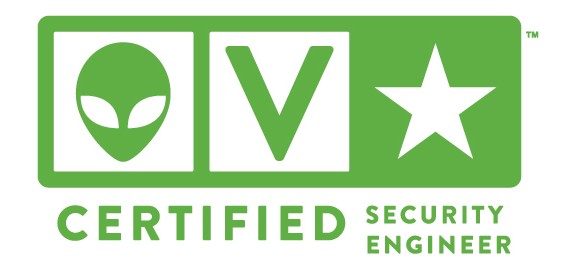
After a slight delay, our company now have an Alienvault Certified Security Engineer (ACSE)
To be honest, a lot of customers still go “What?” when we talk about AlienVault, but we hope to get more and more people acquainted with the product. Especially in PCI-DSS, it simply works. Having an ACSE goes a long way to ensure our commitment to provide the best services we can to our clients.
The exam itself is around 70 – 75 multiple choice questions over 90 minutes. You will likely not use the full 90 minutes, but it basically will give you enough time to think it over. Frankly for me, it’s simply either I know it or I don’t. And for those that I don’t know (and for sure, there will be a number of them), well, take a shot.
It had a good mixture of linux questions, user interface questions, overall architecture and how AV works, so you need to know not just the theory but you will need to get your hands dirty with the system. Luckily, Alienvault provides a free 30 day trial to install in VMWare ESXi – which itself has a trial period of 60 days, so I recommend that you get this up and running and do some testing. Without hands on experience, you will find it difficult to answer a lot of the questions – unless you are a good (and lucky) chooser.
If you don’t have the resources to set up VMWare and the 30 day trial of Alienvault, you could get OSSIM (the free version) up and running on any virtualbox system (including your laptop). Be warned though, it might tax your resource a little, so make sure you have sufficient RAM and Hard drive to do it. I won’t recommend it on any system under i5. I run on Core i7 with 16GB of Memory and I am still struggling with OSSIM running in virtualbox (of course, having multiple Linux systems and a CISCO emulator installed doesn’t help as well).
Overall, the ACSE covers a good balance of technical and theory, and worth taking. It will certainly help as we prepare for numerous Proof Of Concepts ahead of us!